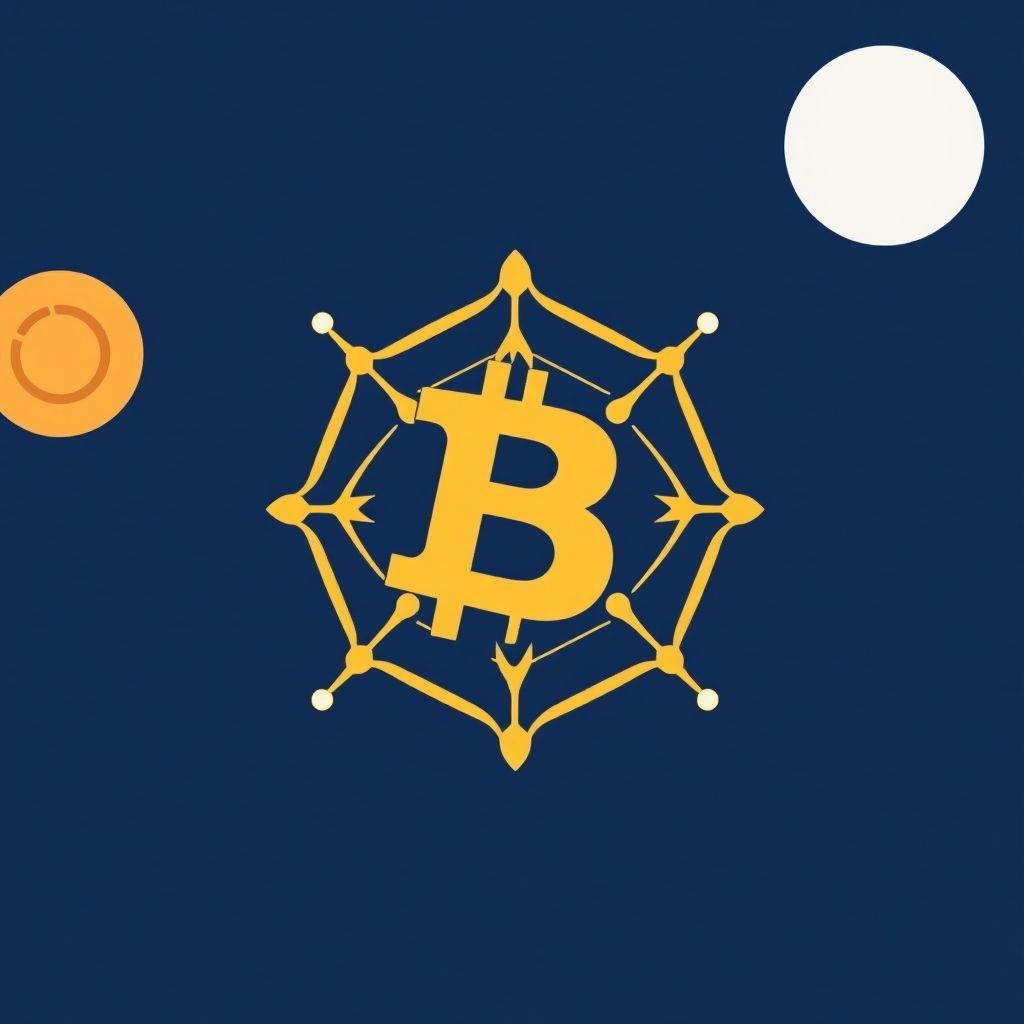Can Bitcoin Revive Cardano’s DeFi Ambitions? Hoskinson Shifts Strategy Toward Real-World Solutions
Cardano, despite boasting a user base exceeding 1.3 million active participants, remains a laggard in decentralized finance (DeFi) adoption. With a total value locked (TVL) of just $271 million, the network is significantly overshadowed by Ethereum’s $85.5 billion and Solana’s $11.29 billion. However, Charles Hoskinson, the founder of Cardano, insists that this isn’t a reflection of technological shortcomings but rather a deeper issue rooted in governance and coordination.
While Cardano has built a solid infrastructure and continues to rank high in development activity, it struggles to translate that into DeFi traction. The network’s users are largely engaged in staking and governance activities, yet they remain absent from DeFi protocols — a disconnect that has stunted liquidity and growth.
Hoskinson argues that the core challenge isn’t technical capacity. “It’s not a problem of nodes, imagination, or execution,” he emphasized. “It’s a problem of governance and coordination, and ultimately, accountability and responsibility.” In other words, the ecosystem has all the tools and technological capacity, but lacks a cohesive strategy to align its community toward DeFi participation.
To break this cycle, Hoskinson is advocating for a bold pivot — integrating Cardano with Bitcoin and leveraging real-world financial instruments to attract capital. Projects like Midnight and RealFi are central to this vision. These initiatives aim to connect ADA with Bitcoin liquidity and introduce real-world lending mechanisms, potentially injecting billions in fresh capital into Cardano’s DeFi ecosystem.
RealFi, in particular, is designed to bridge traditional finance and DeFi by offering lending services backed by real-world assets. By enabling ADA and BTC to be lent, converted into stablecoins, and deployed in real credit markets, the platform could unlock new liquidity sources and stimulate user engagement beyond the crypto-native population.
The current state of Cardano’s DeFi ecosystem illustrates a paradox: strong development momentum but low economic activity. According to Santiment data, Cardano’s Development Activity Index recently outpaced both Ethereum and Solana, highlighting consistent builder engagement. Yet this hasn’t translated into user-driven growth in DeFi, suggesting a need for better activation strategies rather than more tech.
From a market perspective, ADA continues to show weak momentum. Trading around $0.60, the token remains beneath its major exponential moving averages — the 20 EMA at $0.65, 50 EMA at $0.71, and 200 EMA at $0.74 — indicating bearish conditions. The Relative Strength Index (RSI) remains in neutral territory, and the Chaikin Money Flow (CMF) is slightly negative, reflecting limited capital inflows. These signals imply that investor interest is still cautious, and a strong narrative shift may be needed to reignite demand.
The Cardano community faces what Hoskinson describes as a “chicken-and-egg” dilemma. Low activity discourages liquidity providers, while the absence of liquidity disincentivizes user participation. This feedback loop has kept Cardano from gaining meaningful ground in DeFi despite its technical maturity.
To address this, the network must prioritize user onboarding and liquidity incentives. Unlike Ethereum and Solana, which have thriving developer ecosystems supported by venture capital and aggressive liquidity mining programs, Cardano has taken a more academically rigorous and slower route. While this has ensured a solid foundation, it has also delayed real-world adoption in high-growth areas like DeFi.
Cardano may also benefit from enhanced governance mechanisms that streamline decision-making. Compared to Ethereum’s more agile governance framework, Cardano’s community-driven model—though democratic—can slow down critical changes and coordination among builders. Enhancing this process could lead to quicker deployments of DeFi-friendly features and protocols.
Another area that could catalyze growth is cross-chain compatibility. By integrating wrapped Bitcoin (wBTC) and stablecoins like USDT or USDC, Cardano could offer users familiar assets and attract liquidity currently flowing through Ethereum-based platforms. Ecosystem expansion through interoperability bridges would allow Cardano to tap into existing DeFi liquidity pools and reach users outside its native ecosystem.
Education and onboarding are equally crucial. For many ADA holders, staking is the extent of their engagement. To grow its DeFi user base, Cardano needs clear, user-friendly interfaces and educational tools that demystify DeFi products and encourage wider participation.
Additionally, the upcoming developments under the Voltaire governance era could bring more decentralized decision-making and funding mechanisms to projects building on Cardano. If executed effectively, this could foster a more dynamic and responsive ecosystem, capable of adapting to market trends and user demands.
In conclusion, while Cardano’s DeFi presence is currently underwhelming compared to its peers, the network holds untapped potential. With over a million engaged users and one of the most active development communities in the blockchain space, the foundation is in place. The key lies in unlocking coordination, introducing real-world utility, and leveraging Bitcoin as a gateway to broader liquidity. If successful, this strategy could mark the beginning of a new phase for Cardano — one where DeFi finally matches its technological promise.

